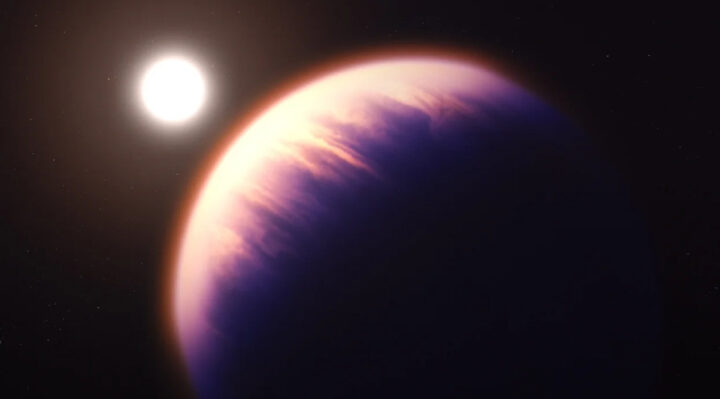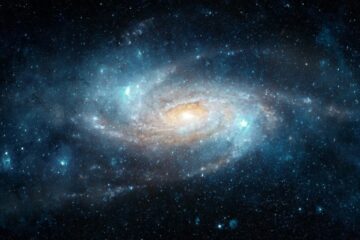NASA discovers methane and carbon dioxide in the atmosphere of K2-18 b 120 light-years away from Earth


In a recent examination, NASA’s James Webb Space Telescope found that the exoplanet K2-18 b has carbon-bearing compounds like methane and carbon dioxide. 8.6 times as big as Earth is K2-18 b. The latest finding supports recent research indicating K2-18 b may be a Hycean exoplanet—an object with the potential to have an atmosphere rich in hydrogen and a surface covered in water oceans.
The atmospheric properties of this exoplanet in the habitable zone were initially revealed by NASA’s Hubble Space Telescope.
K2-18 b is 120 light-years away from Earth in the constellation Leo, orbiting the cool dwarf star K2-18 in the habitable zone. Exoplanets with sizes between those of Earth and Neptune, like K2-18 b, are unlike anything else in the solar system.
The findings highlight the value of taking into account various habitable settings in the hunt for extraterrestrial life, according to Nikku Madhusudhan, an astronomer at the University of Cambridge and the paper’s primary author. The larger Hycean worlds are much more suited to atmospheric measurements, he said, whereas the smaller rocky planets have historically received most of the attention in the search for life on exoplanets.
According to NASA’s website, the presence of methane, carbon dioxide, and a lack of ammonia lend weight to the idea that K2-18 b may have a subsurface ocean of water beneath its hydrogen-rich atmosphere. A chemical known as dimethyl sulfide (DMS) may have been detected as a result of the initial Webb observations. This can only be made by life on Earth. Phytoplankton in maritime areas emit the majority of the DMS that is present in the Earth’s atmosphere.
The inference of DMS, however, was further stated to be less reliable and in need of additional validation. Future Webb observations should be able to determine whether DMS is in fact present in K2-18 b’s atmosphere at detectable levels, according to Madhusudhan.
According to NASA, despite K2-18 b’s location in the so-called habitable zone, which is the distance from the sun at which life could flourish on a planet, the world is thought to be similar to Neptune due to its size, “large mantle of high-pressure ice,” “a thinner hydrogen-rich atmosphere,” and “an ocean surface.”
The team now plans to carry out more analysis using the telescope’s MIRI (Mid-Infrared Instrument) spectrograph in the hopes that it would further corroborate their results and offer new details about the conditions on K2-18 b.
“Our ultimate goal is the identification of life on a habitable exoplanet, which would transform our understanding of our place in the universe,” Madhusudhan added. “Our results are a promising step in this quest for a deeper understanding of Hycean worlds.”


